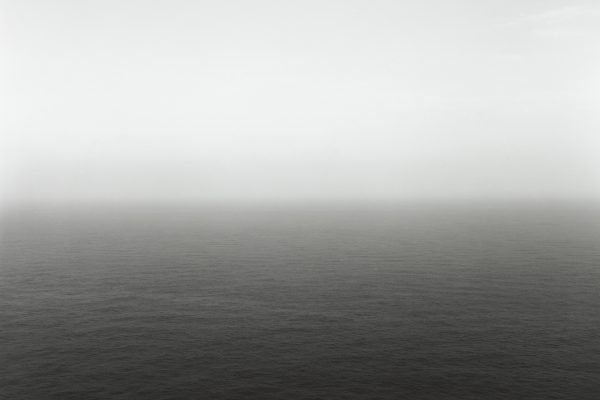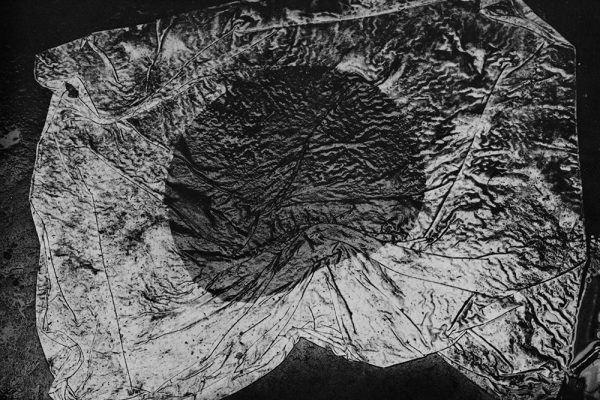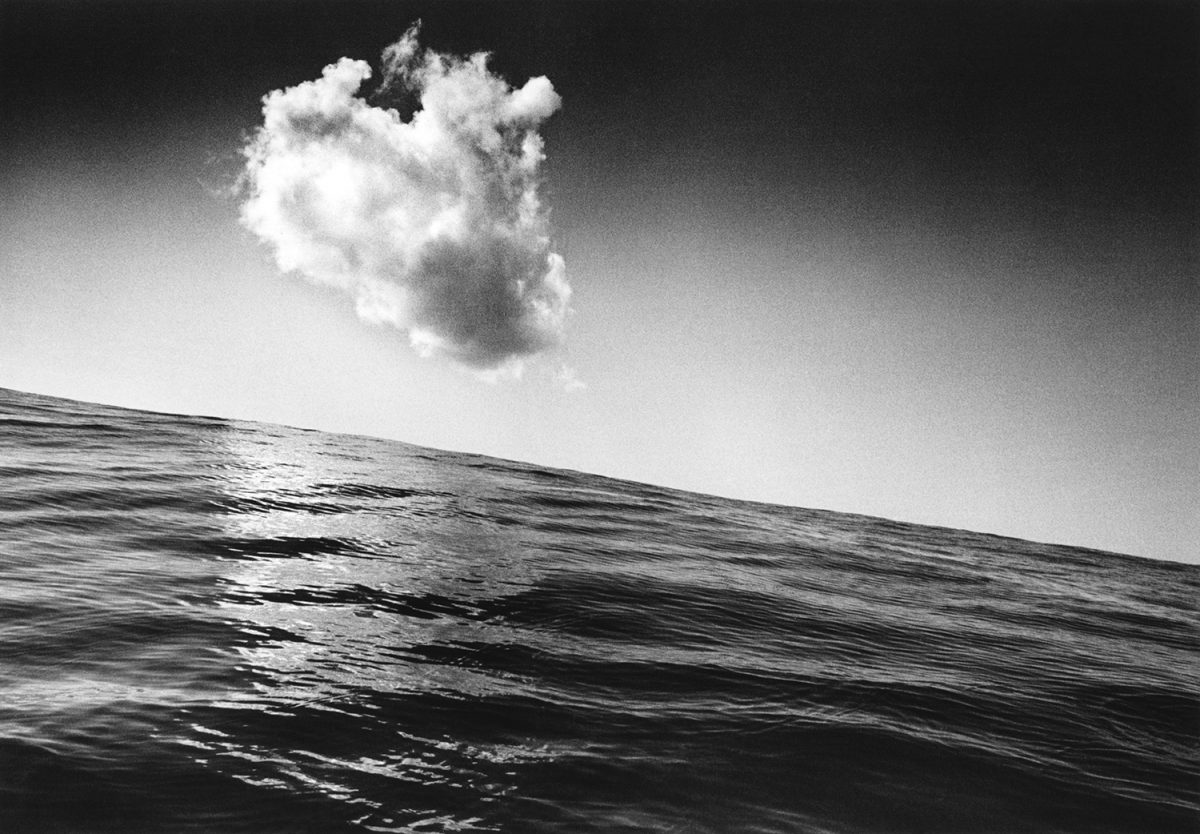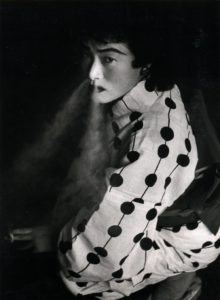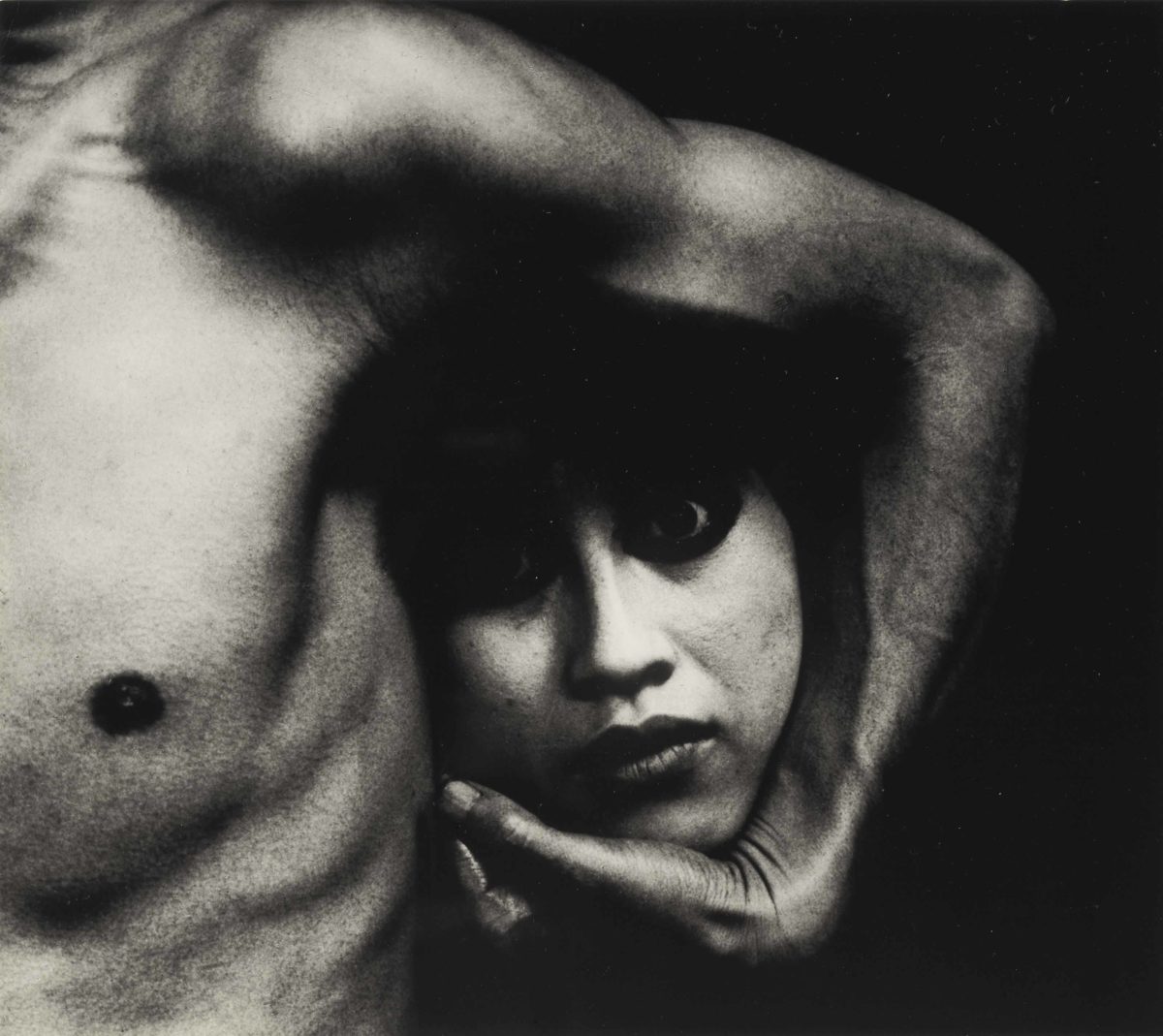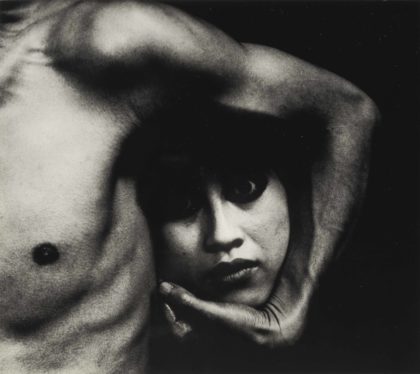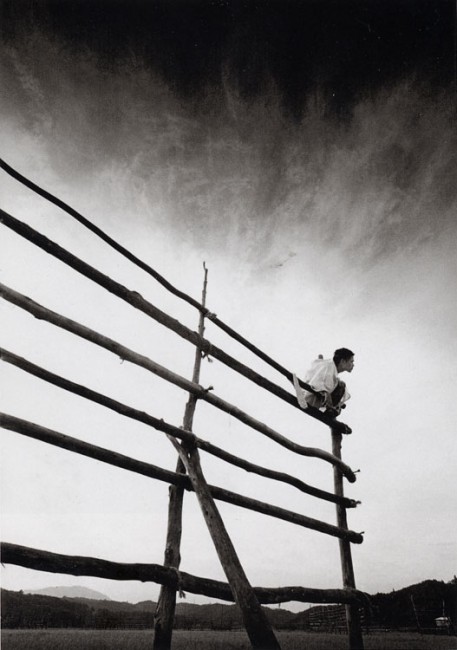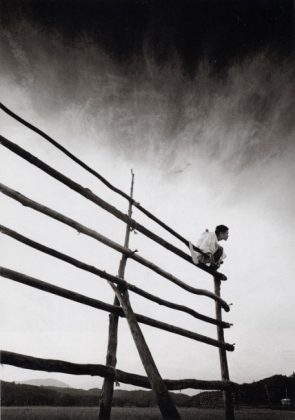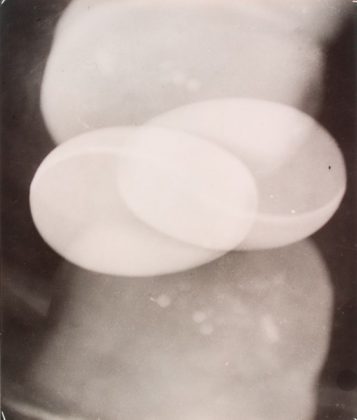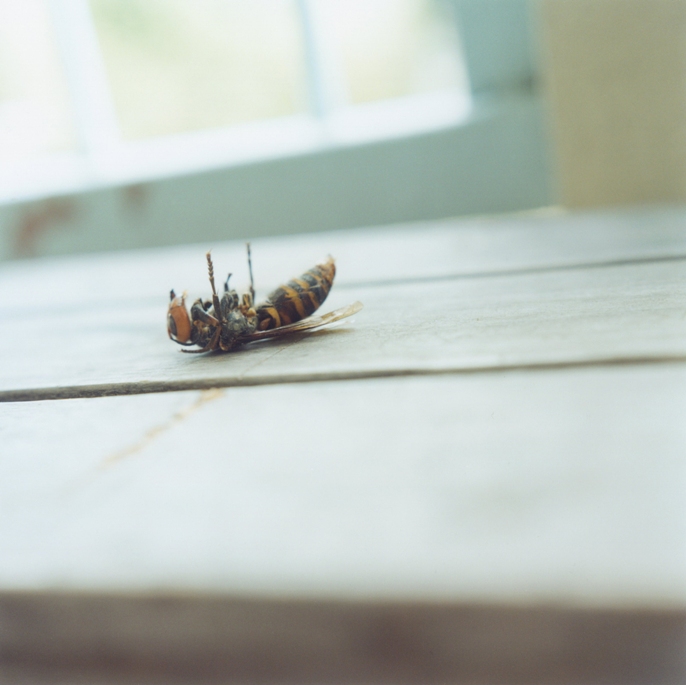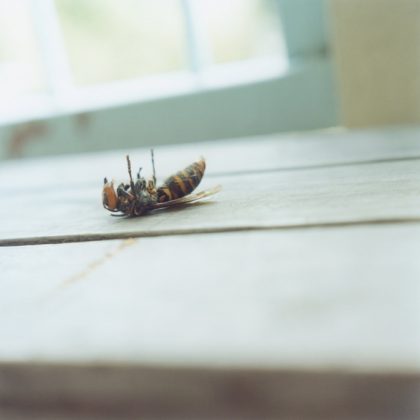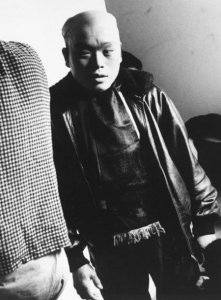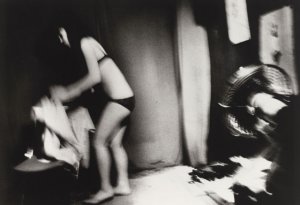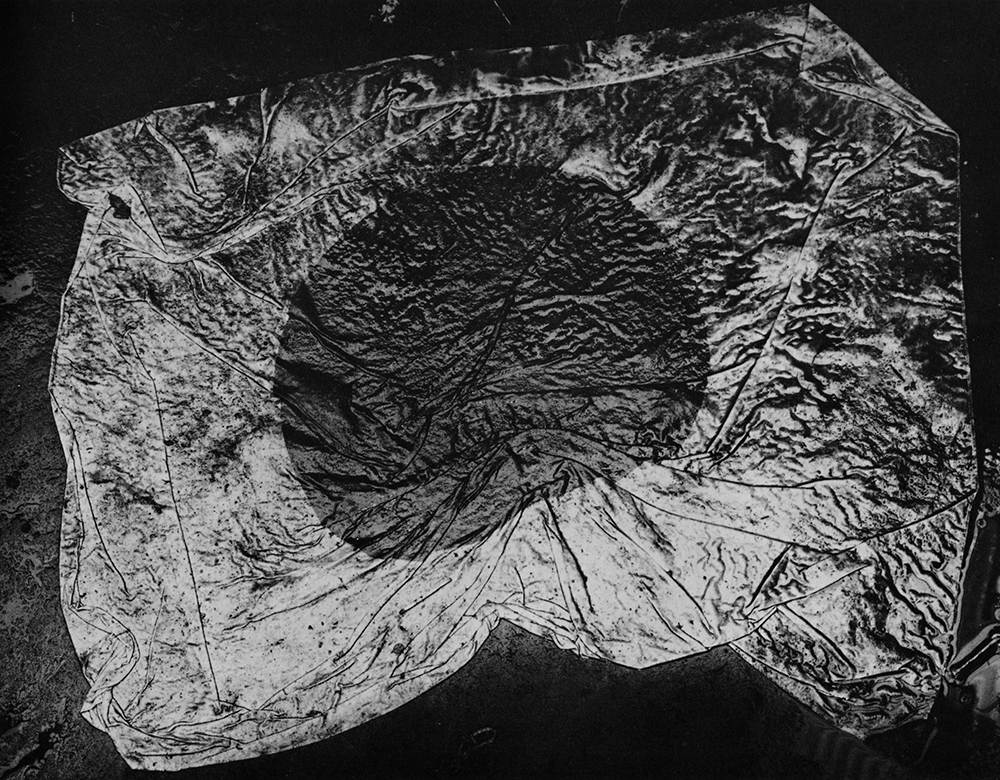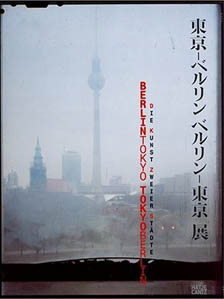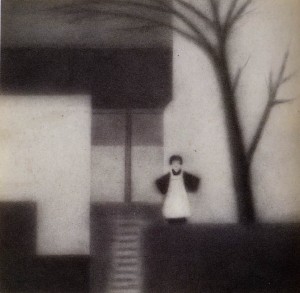John Szarkowski, a curator who almost single-handedly elevated photography’s status in the last half-century to that of a fine art, making his case in seminal writings and landmark exhibitions at the Museum of Modern Art in New York, died in on Saturday in Pittsfield, Mass. He was 81.
[Quote: New York Times Obituary]
American Photography
As the New York Times points out John Szarkowski “was first to confer importance on the work of Diane Arbus, Lee Friedlander and Garry Winogrand” and two of his books, “‘The Photographer’s Eye,’ (1964) and ‘Looking at Photographs: 100 Pictures From the Collection of the Museum of Modern Art’ (1973), remain syllabus staples in art history programs.” Szarkowski also introduced the work by William Eggleston in the now legendary exhibition “William Eggleston’s Guide” (1976). This exhibition “was widely considered the worst of the year in photography.”
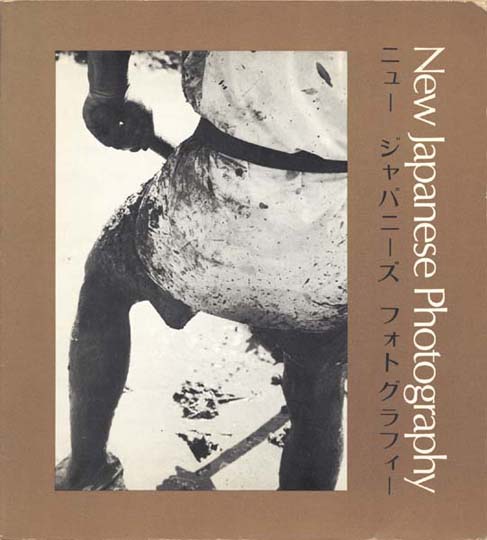
New Japanese Photography, MOMA, New York 1974
New Japanese Photography
John Szarkowski left definitely his mark in the field of American photography, but not only there. In 1974 John Szarkowski organized together with Shôji Yamagishi (editor of Camera Mainichi magazine) the exhibition “New Japanese Photography”. The exhibition introduced 15 photographers, amongst them the grand masters of Japanese photography: Ken Domon, Yasuhiro Ishimoto, Shomei Tomatsu, Kikuji Kawada, Masatoshi Naitoh, Tetsuya Ichimura, Hiromi Tsuchida, Masahisa Fukase, Ikko, Eikoh Hosoe, Daido Moriyama, Ryoji Akiyama, Ken Ohara, Shigeru Tamura, and Bishin Jumonji.
It was the first major exhibition about contemporary Japanese photography outside Japan ever.
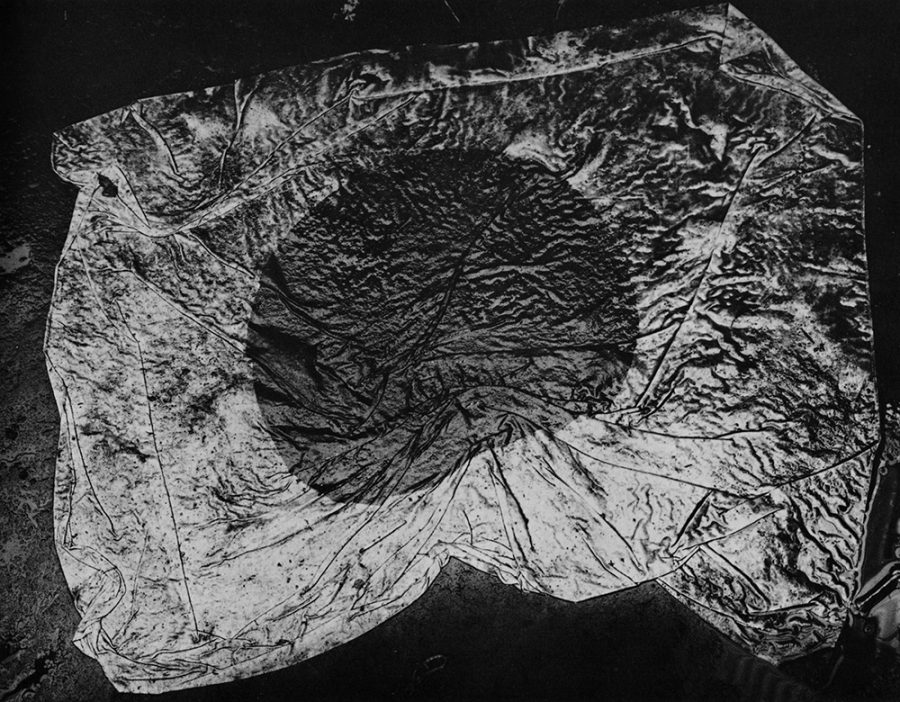
Kikuji Kawada: The Japanese National Flag, 1960-65
Continue reading →

